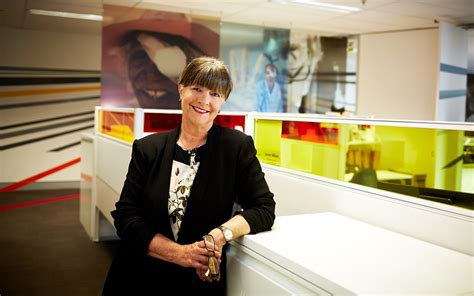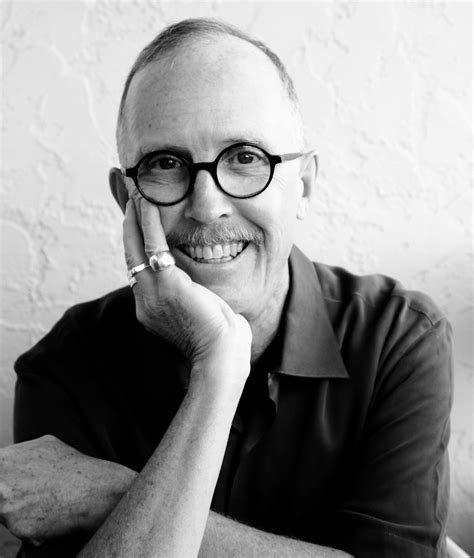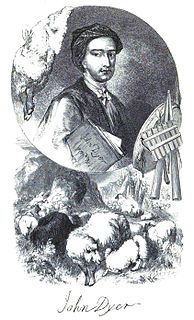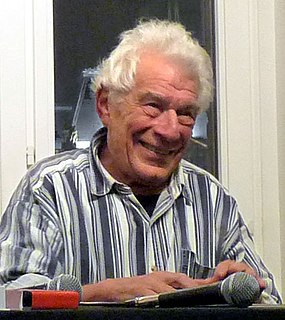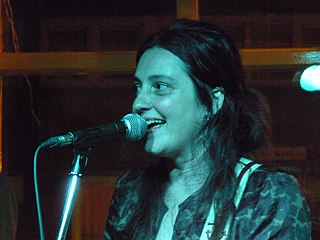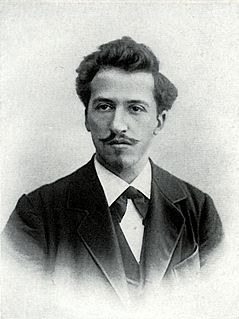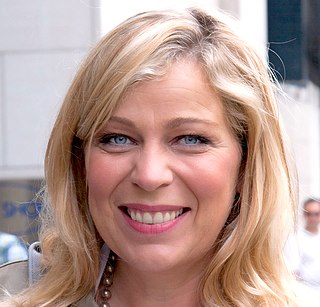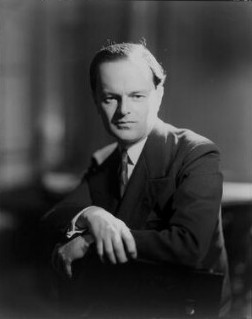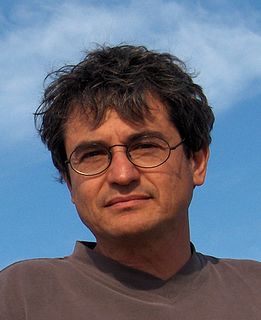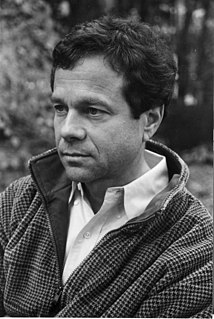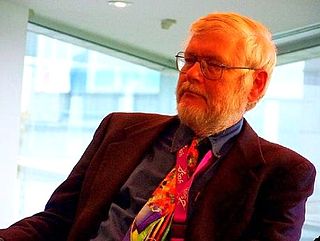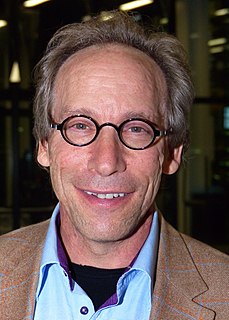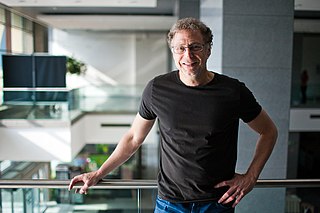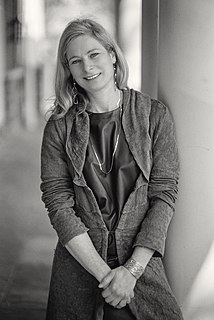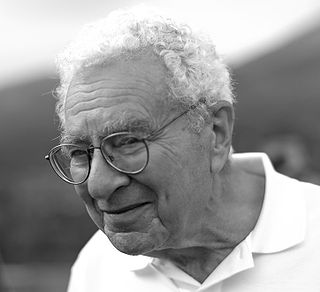A Quote by Ernst Mach
A colour is a physical object as soon as we consider its dependence, for instance, upon its luminous source, upon other colours, upon temperatures, upon spaces, and so forth.
Related Quotes
I often use colour to attack form, to break it down a little or begin to dissolve it. But I am not at all interested in 'pure' colour or in colour as a transcendental presence... So if I use colours to begin to dissolve forms, I also use forms to prevent colours becoming entirely detached from their everyday existence.
Fred didn't have a favourite colour. He was just pleased that he could see all of the colours in the colour chart. That was his wish for everyone. Fred wanted people to experience the joy of seeing vivid colours - in nature: the greens and browns of the mountains; in their work: the orange, red and black of the back of the retina; and in life.
Turning to the colour-classification methodology: The starting point are the four pure colours red, yellow, green and blue; their in-between shades and scales of brightness result in colour schemes containing 16, 64, 256 and 1,024 shades. More colours would be pointless because it wouldn't be possible to distinguish between them clearly.
One is quite astonished to find how many things there are in the landscape, and in every object in it, one never noticed before. And this is a tremendous new pleasure and interest which invests every walk or drive with an added object. So many colours on the hillside, each different in shadow and in sunlight; such brilliant reflections in the pool, each a key lower than what they repeat; such lovely lights gilding or silvering surface or outline, all tinted exquisitely with pale colour, rose, orange, green or violet.
I'm actually a 'Witch' not Wiccan...justa Witch. I started reading Tarot when I was 8 years old. I dabble in astrology, Candle Magick, gems/stone Magick and I mainly use herbs for cooking. But cooking is it's own Magick-when done right. Actually, when I colour Tarot...I do use a form of Colour Magick..colours do influence mood...so I conscienciously choose certain colours for certain scenes.
We used to be a source of fuel; we are increasingly becoming a sink. These supplies of foreign liquid fuel are no doubt vital to our industry, but our ever-increasing dependence upon them ought to arouse serious and timely reflection. The scientific utilisation, by liquefaction, pulverisation and other processes, or our vast and magnificent deposits of coal, constitutes a national object of prime importance.
We just worked hard to not just get things right and authentic, but also to make it consistent and visually right. For instance, there are colours that aren't in the film that would have been there in reality. I think part of the look of the film not only has to do with the way it's shot and lit, but also the lack of certain colours that give it a softness which really suits it because there's more focus on the characters. For instance, there's no yellow at all until we get to Miss Stubbs' flat at the very end.
We never really see time. We see only clocks. If you say this object moves, what you really mean is that this object is here when the hand of your clock is here, and so on. We say we measure time with clocks, but we see only the hands of the clocks, not time itself. And the hands of a clock are a physical variable like any other. So in a sense we cheat because what we really observe are physical variables as a function of other physical variables, but we represent that as if everything is evolving in time.



